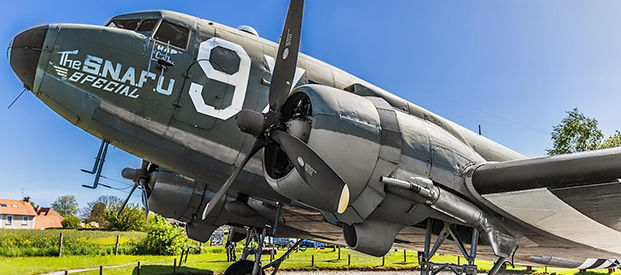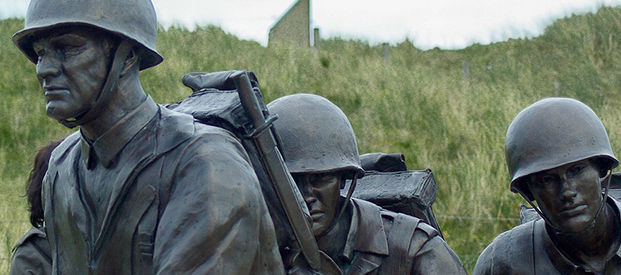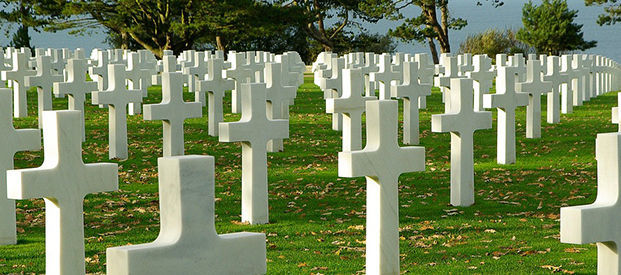Commemorating D-Day: Remembering the Normandy Landings
On 6 June 1944, the biggest military seaborne operation in history was carried out on the beaches of Normandy: the D-Day landings. This meticulously planned invasion, involving troops from Britain, the US, Canada and other Allied nations, marked a major turning point in World War II. It signified the start of the campaign to liberate Western Europe from Nazi occupation, which ultimately brought an end to Adolf Hitler’s reign of terror.
Operation Overlord
France had been occupied by Nazi Germany since 1940, making it a critical target for liberation. In order to break German control in Western Europe, planning for the D-Day invasion began in December 1943. The campaign was led by General Dwight D. Eisenhower, as Supreme Commander of the Allied Expeditionary Force. While “D-Day” is a general military term for the first day of any operation, the codename for the entire campaign was Operation Overlord.
A two-pronged assault
Deception campaigns were devised to mislead the Germans into thinking that the location of the attack would be the Pas-de-Calais region. However, the real plan consisted of a two-pronged assault by air and sea, concentrating on a 50-mile stretch of the Normandy coastline. Five beachheads were chosen as landing sites for the seaborne invasion, and given the codenames Sword, Juno, Gold, Omaha and Utah. The Allied forces needed calm seas and a low tide to enable a beach landing, while plenty of moonlight was required for the airborne invasion. The forecast for 5 June 1944 provided the perfect opportunity, and so the plan was set.
With everything seemingly in place, the weather decided not to play ball. Two days before the planned invasion, the forecast for 5 June was cloudy, with strong winds and rough seas. So, the decision was made to delay the attack by 24 hours.
Objective achieved
Just after midnight, on 6 June 1944, thousands of US and British paratroopers landed behind enemy lines in Normandy. Their objective was to secure roads, bridges, and causeways, and to destroy the German gun positions to protect the landing troops. Fierce fighting ensued across the Normandy countryside, but the Allied troops succeeded in their objectives. This success paved the way for the seaborne invasion, codenamed Operation Neptune, which began at dawn.
Storming the beaches
The naval assault involved over 7,000 vessels transporting more than 156,000 Allied troops to the beaches, whilst simultaneously bombarding the German coastal defences. The ground forces stormed the five Normandy beachheads, with the US troops landing at Utah and Omaha, the British forces at Sword and Gold, and the Canadian soldiers at Juno. The fiercest resistance came at Omaha Beach, where strong German defences inflicted heavy casualties. Although Gold, Juno, and Sword also faced tough opposition, the Allies managed to push forward, capturing key towns and roads. As D-Day drew to a close, all five beachheads were secured, allowing the Allies to begin their advance inland.
A vital foothold had been secured in Nazi-occupied France, setting in motion the process of liberating Western Europe. Over the following months, the Allied forces liberated France, Belgium, the Netherlands and Luxembourg. Finally, on 7 May 1945, the Nazis surrendered, and the following day marked the official end of World War II.
D-Day was undoubtedly one of the largest and most complex military operations in history. It also marked a decisive turning point in the war, launching a bold campaign that ultimately restored peace to Europe.











